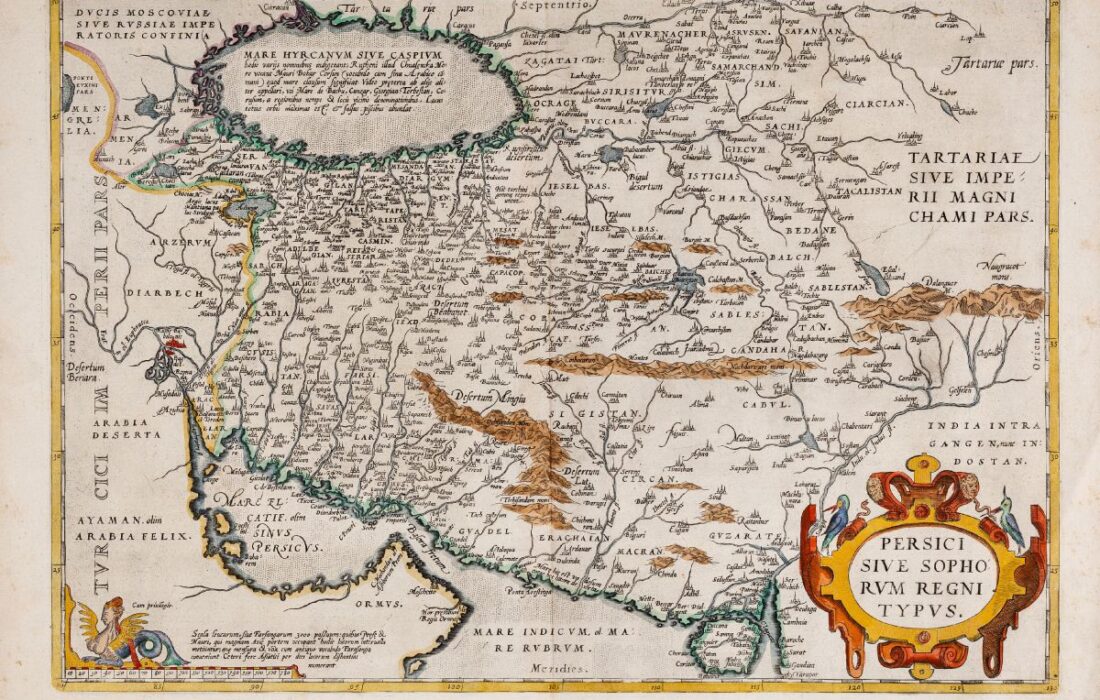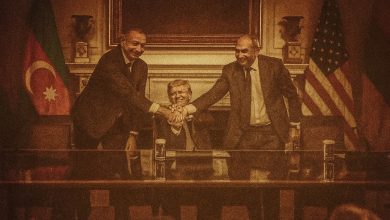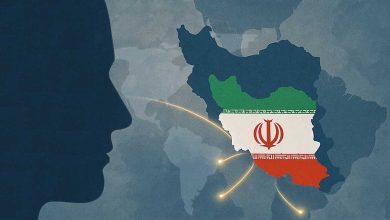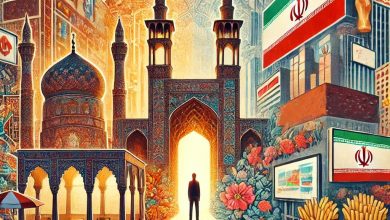The Persian Gulf and Trump’s Use of a Fabricated Term: A Geostrategic Semiotic Maneuver

In international politics, terminology is far from neutral. Words are imbued with historical, political, and geopolitical connotations, and their selection within diplomatic and geopolitical discourse often reflects conscious, strategic intent. In this context, Donald Trump’s deliberate use of a fabricated term in place of the historically, legally, and internationally recognized “Persian Gulf” was not a rhetorical accident but a calculated component of a broader geostrategic agenda with multilayered objectives.
First, this linguistic distortion can be understood as part of an attempt to recalibrate the regional balance of power in the Middle East. By invoking inflammatory rhetoric and deliberately misnaming geographical realities, Trump aimed to delegitimize Iran’s historical and geopolitical position while signaling full alignment with the Arab bloc—particularly the Gulf Cooperation Council (GCC) states such as Saudi Arabia, the UAE, and Bahrain. Such terminological manipulation functioned as a symbolic gesture to appease U.S. Arab allies and to reinforce military-economic ties with them.
Second, this act should be viewed within the framework of the “maximum pressure” strategy against Iran. Alongside unilateral sanctions, threats of military action, and diplomatic isolation, the deployment of fabricated terminology is part of a hybrid warfare model—one that employs psychological operations and discursive tools to erode Iran’s historical legitimacy, weaken its identity, and distort its public image on the global stage.
Importantly, the name “Persian Gulf” is not merely a convention—it is a legally codified term recognized in all major international documents and maps, including those published by the United Nations Cartographic Section. It enjoys solid grounding in classical historiography, Islamic geographical texts, and public international law. According to Article 19 of the 1969 Vienna Convention on the Law of Treaties, any unilateral alteration of established geographical names without international consensus may constitute a breach of the principle of good faith in international relations and conflict with customary international law.
Extensive historical evidence confirms the continuity and legitimacy of the name “Persian Gulf.” From antiquity, figures such as Herodotus, Strabo, and Ptolemy referred to the body of water as Sinus Persicus. In Islamic sources, scholars like Ibn Hawqal, Yaqut al-Hamawi, and al-Mas‘udi consistently used the term Bahr al-Fars. Furthermore, prominent European maps from the 15th to the 20th centuries—including those by Abraham Ortelius, and British and French military cartography—uniformly employed the term “Persian Gulf,” attesting to its enduring authenticity.
Trump’s terminological deviation, therefore, must be interpreted as part of a broader regional engineering project—an effort to undermine Iran’s civilizational and historical standing while solidifying anti-Iranian geopolitical alignments. This is not merely a “semantic issue,” but rather a deeper contest over historical identity, legal legitimacy, and geopolitical interests in one of the world’s most strategically vital regions.
To confront such symbolic aggression, Iran must actively mobilize its diplomatic resources, historical documentation, international legal instruments, and global media platforms. Passive responses to such distortions not only weaken Iran’s regional status but also enable the continuation of soft-power projects aimed at rewriting history and eroding the foundational elements of Iranian identity.
Image: Map by Abraham Ortelius illustrating the name “Sinus Persicus” (Persian Gulf)






